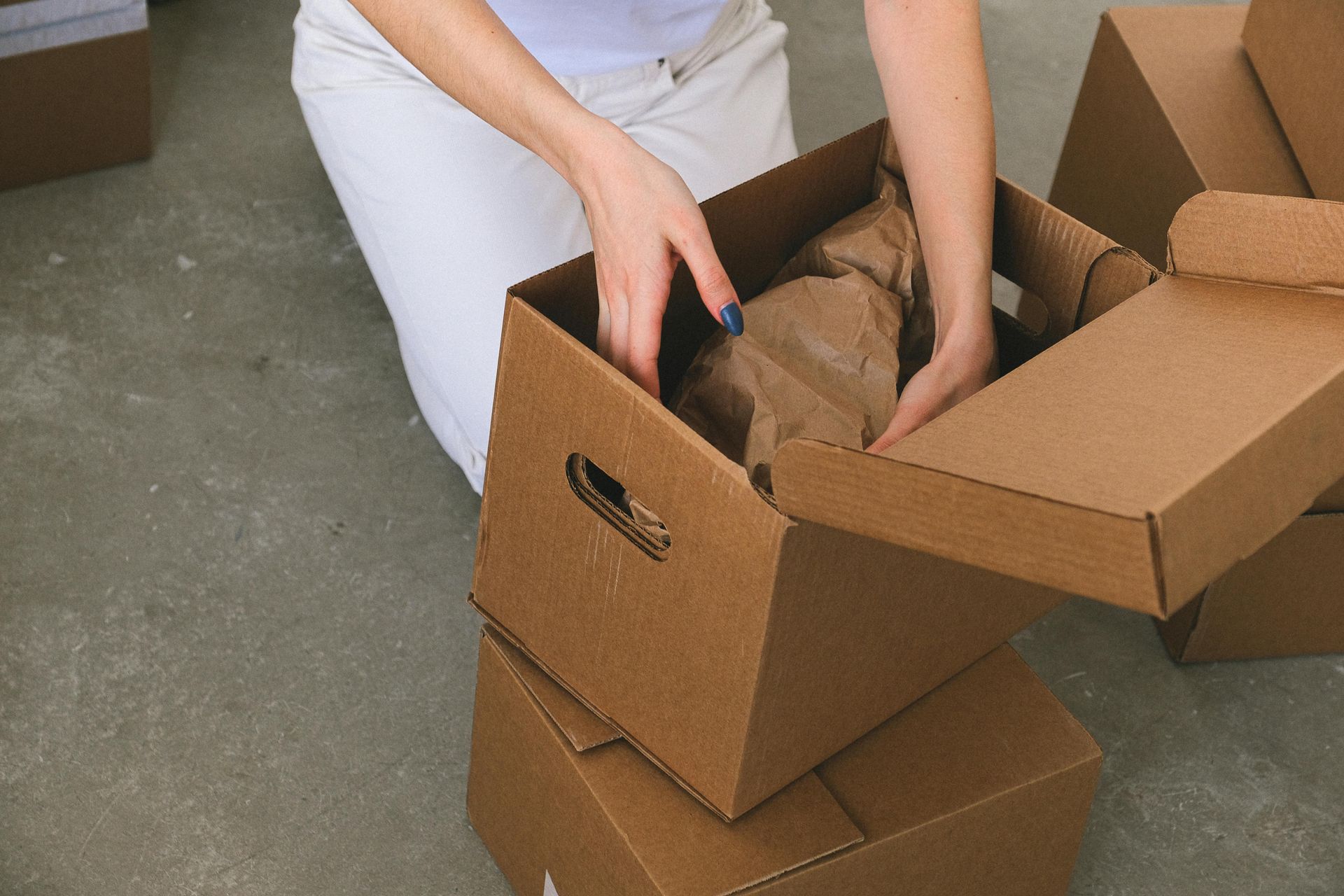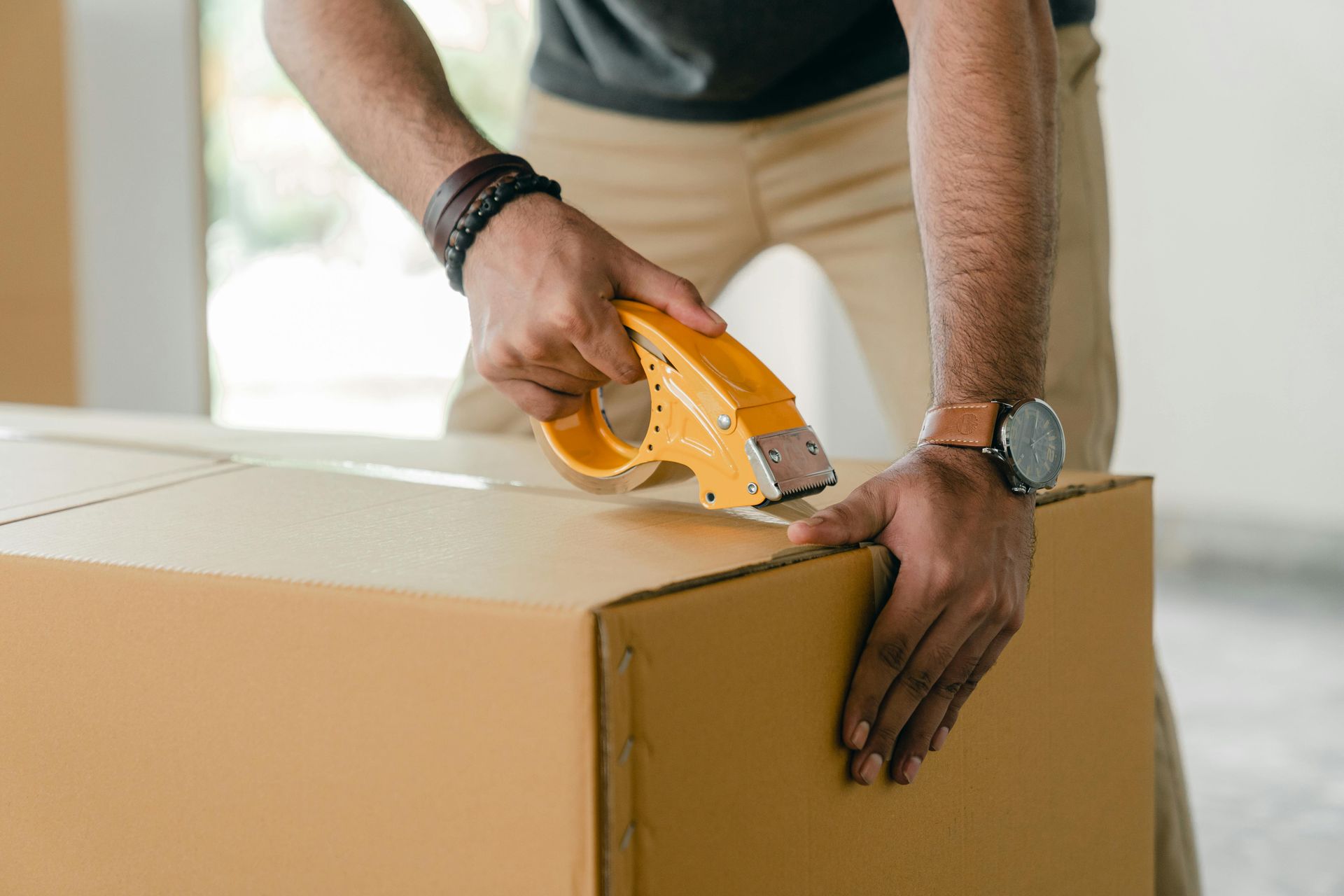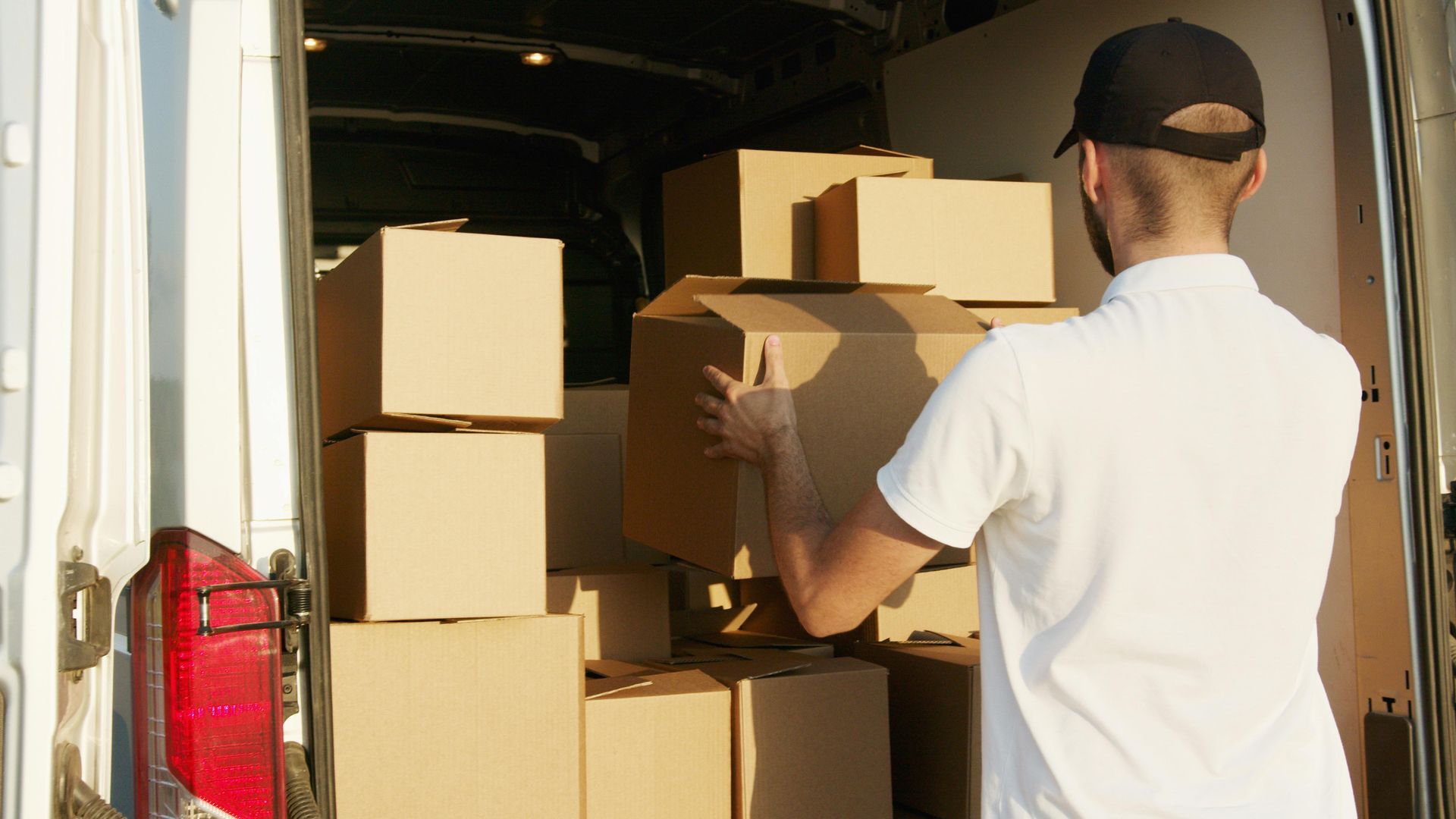Moving with a Home Garden: How to Safely Relocate Your Plants and Outdoor Spaces
For many people, a home garden is more than just a hobby; it's a labor of love and an essential part of their living space. When it comes time to move, the thought of leaving behind your cherished plants and outdoor spaces can be heartbreaking. Fortunately, with careful planning and the right techniques, you can safely relocate your plants and recreate your garden at your new home. At R&R Relocation, we're here to help with every aspect of your move, including your beloved garden. In this blog, we'll explore how to move with a home garden and provide tips for safely transporting your plants during the moving process.
Preparing Your Plants for the Move
- Select Which Plants to Take: Before the move, assess your garden and decide which plants you want to take with you. Consider factors such as the size of your new garden, local climate, and the feasibility of transporting larger or more delicate plants.
- Research Regulations: If you're moving across state lines or internationally, research any regulations regarding the transport of plants. Some regions have restrictions on specific species to prevent the spread of pests and diseases.
- Prune and Prepare: A few weeks before the move, prune your plants to remove dead or unhealthy branches, leaves, and roots. This will make them more manageable and reduce the risk of damage during transit.
- Water Appropriately: A day or two before the move, water your plants thoroughly, but avoid overwatering, as this can cause root rot and make the plants heavier and more difficult to transport.
- Pack Your Plants: Use sturdy cardboard boxes or plastic containers with ventilation holes to pack your plants. Line the bottom with newspaper or bubble wrap for cushioning, and secure the plants in place with packing materials to prevent movement during transit. Label the boxes clearly with the contents and any specific care instructions.
Transporting Your Plants Safely
- Keep Plants in a Climate-Controlled Environment: Extreme temperatures and fluctuations can harm your plants during the move. If possible, transport them in a climate-controlled vehicle, such as your personal car, to maintain a consistent temperature and humidity level.
- Avoid Direct Sunlight: During transport, keep your plants away from direct sunlight, as this can cause overheating and dehydration.
- Monitor Water and Light Needs: Check on your plants regularly during the move to ensure they're receiving adequate water and light. Be prepared to adjust their care as needed based on the conditions and duration of the move.
- Unpack Plants Promptly: Upon arrival at your new home, unpack your plants as soon as possible to minimize stress and give them a chance to acclimate to their new environment.
Reestablishing Your Garden at Your New Home
- Survey the Space: Assess the size, layout, and conditions of your new garden area. Consider factors such as sunlight, soil quality, and drainage when planning where to plant your relocated plants.
- Amend the Soil: If necessary, improve the soil quality in your new garden by adding compost, organic matter, or other amendments to create a healthy growing environment for your plants.
- Replant Thoughtfully: When replanting your garden, take into account each plant's specific needs for light, space, and soil conditions. Give your plants ample room to grow and spread, and arrange them in a way that maximizes their potential for success.
- Monitor and Care for Your Plants: Keep a close eye on your relocated plants as they adjust to their new environment. Provide appropriate water, fertilizer, and care to help them establish strong roots and thrive in their new home.
By following these tips and techniques, you can safely relocate your plants and recreate your cherished garden at your new residence. At R&R Relocation, we understand the importance of your garden and are here to support you through every step of your move. Remember to prepare your plants for the move, transport them safely, and reestablish your garden thoughtfully at your new home. With careful planning and attention to detail, you'll be able to enjoy your beloved outdoor spaces in no time. Happy moving!











